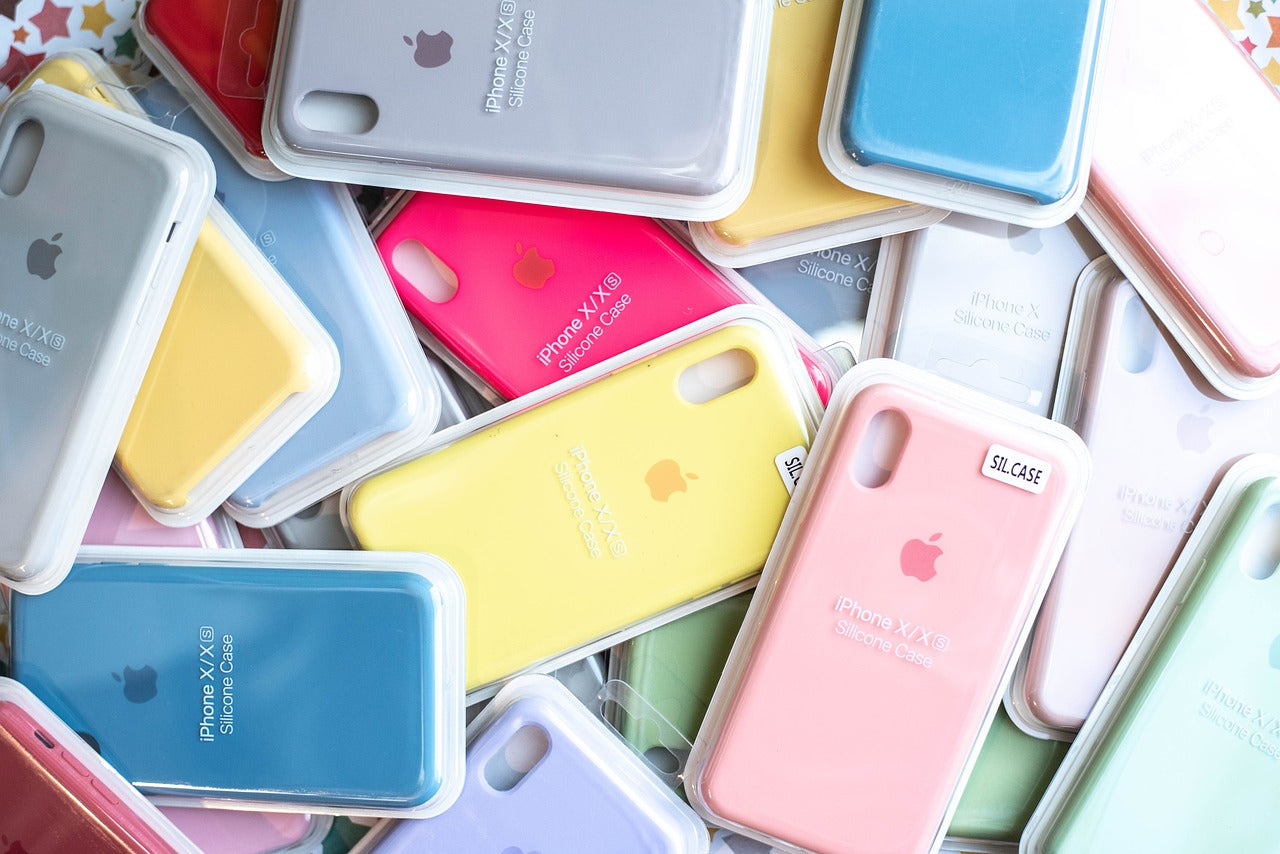
From Protection to Fashion: The Origin of Phone Cases and Material Insights
Introduction: In today’s digital age, our smartphones are essential companions. To protect these valuable devices, phone cases have become a must-have accessory. But how did phone cases come to be, and what materials are they made from? Let’s dive into the fascinating history and science behind phone cases.
Materials Used in Phone Cases:
-
Plastic (Polycarbonate and TPU):
- Pros: Lightweight, affordable, durable, and available in various colors and designs.
- Cons: May deform under high temperatures and provide limited drop protection.
-
Silicone:
- Pros: Soft, shock-absorbent, and easy to clean.
- Cons: Can attract dust and may discolor over time.
-
Metal (Aluminum Alloy):
- Pros: Sturdy and stylish with excellent drop protection.
- Cons: Heavier, can interfere with signal reception, and is generally more expensive.
-
Leather:
- Pros: Elegant appearance, good grip, and a premium feel.
- Cons: Expensive and susceptible to wear and tear.
-
Glass:
- Pros: Sleek look and good scratch resistance.
- Cons: Fragile and heavy, often at a higher price point.
-
Composite Materials (e.g., Kevlar):
- Pros: Extremely durable and high-impact resistance.
- Cons: Higher cost and may lack trendy aesthetics.



















